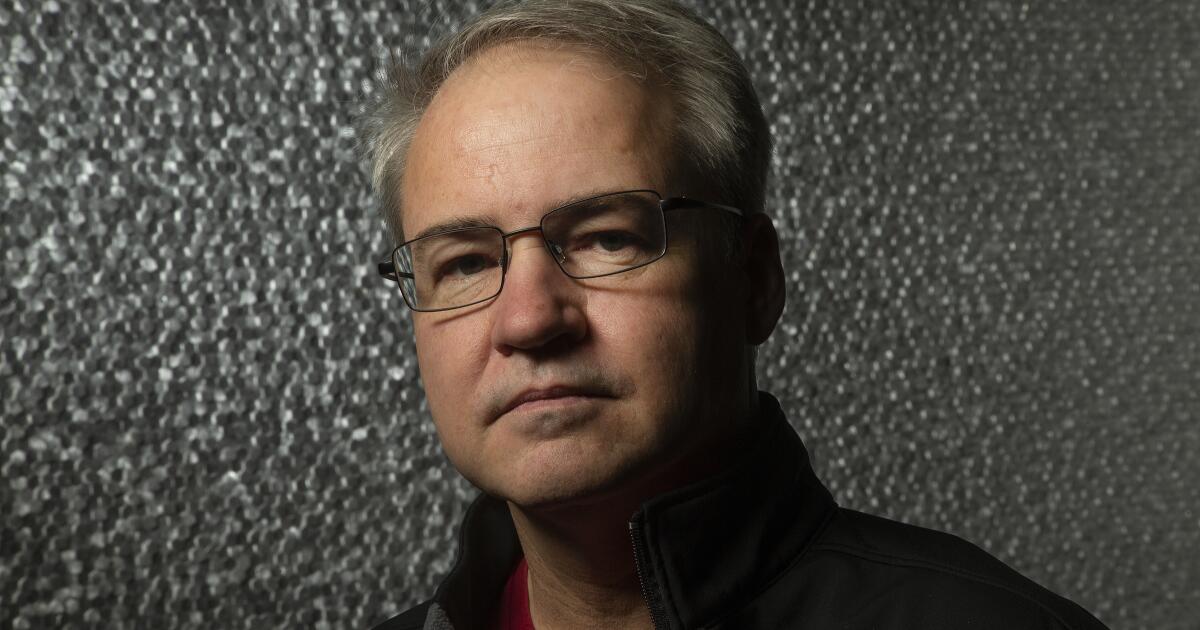They were used in the search Salisbury new poisonersdetection of murder suspects and even detection of sexual predators. Now, research has revealed new insights into why super recognizers are so good at recognizing faces.
Previous research has shown that people with extraordinary ability to recognize people look at more areas of the face than normal people.
Now researchers have used a type of artificial intelligence to show how this approach contributes to their mastery.
“It's not just about looking everywhere, it's about looking smart,” said Dr James Dunn, first author of the study from the University of New South Wales in Sydney.
I'm writing in a magazine Proceedings of the Royal Society B: Biological SciencesDunn and his colleagues describe how they used eye-tracking data from one of their previous studies involving 37 super-recognizers and 68 typical recognizers.
In this work, participants were shown both full-face photographs and photographs in which the area of the face they were looking at was partially visible.
In the new study, the team used this data to reconstruct the actual visual information that participants' eyes see.
This “retinal information” was then fed into deep neural networks (DNNs)—a type of artificial intelligence system—that were trained to recognize faces. They also provided the artificial intelligence system with a full image of either the same face the participant saw or a different face.
In each case, the artificial intelligence system produced a rating of how similar the retinal information was to the full face image it was given.
The team compared the results of typical participants and super-recognizers, as well as data based on randomly selected regions of the original face image.
The results show that in all cases, the performance of the AI system increased as the parts of the face being viewed became more visible.
Additionally, across all visibility levels, AI system performance was highest when it relied on retinal information from super recognizers.
“This shows that differences in face recognition ability are partly due to how we actively explore and collect visual information, not just how the brain subsequently processes it,” Dunn said.
The team then examined whether the results were simply a result of the super recognizers looking at more areas of the face and therefore obtaining more information.
However, they found that even when the number of faces imprinted on the retina was the same, the AI system performed better when fed data from super recognizers.
“This means their advantage is not just quantity, but quality,” Dunn said. “They select regions that contain more personality cues, so each pixel they select is more valuable for facial recognition.”
Dr Rachel Bennetts, a face processing expert at Brunel University London who was not involved in the work, welcomed the research.
“For me, the main contribution to our understanding of super recognition is the finding that superior face recognition is not just about looking at a specific area or looking longer or at more places on the face. Super recognizers look at the face more broadly, but also select more useful ones.” information,” she said.
Dr Alejandro Estudillo, from Bournemouth University, said the study was based on showing people still images under strictly controlled conditions.
“It will be important to test whether the same pattern holds up in more naturalistic and dynamic scenarios,” he said.
While the research suggests there are tactics that can help with facial recognition, it's unlikely that everyone can become a super recognizer.
“We don't know at this point whether these eye movements can be effectively trained,” Bennetts said.
Dunn said research has shown that over-recognition is rooted in genetics and runs in families.
“Super recognizers seem to naturally select the most useful features, and this is difficult to learn because it varies from person to person,” he said.
Researchers have developed a free test to help identify super-recognizers, which is available at: UNSW Face Test.








